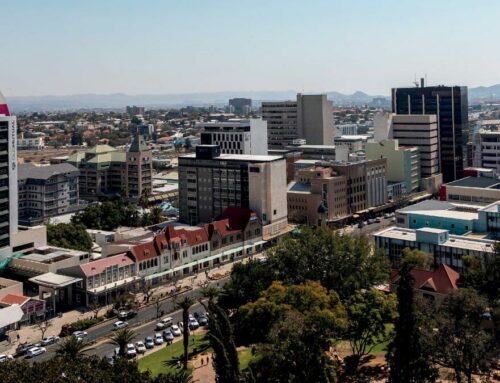Economic Pulse – September 2022
Over the pas couple of decades a lot has been done in terms of improving health care systems around the world. The number of low- and middle-income countries aspiring to achieve universal health coverage (UHC) has also been rising. At present, over 70 nations, mainly in the developed world, operate UHC in some from or another.
While countries may take different paths to achieve UHC, there is at least a growing consensus on what the ultimate UHC goal is – i.e. to ensure that all people have access to the necessary health services without risking financial hardship. Namibia, too, has ambitions to implement UHC. In 2018 the Ministry of Health and Social Services released a discussion paper on its planned UHC policy framework. After the Covid-19 pandemic disrupted the ministry’s implementation plan, ministry officials have been more vocal about the government’s UHC efforts in recent months, and the government has set itself a target to start providingaffordable health services to everyone in the country under the UHC plan from next year. This is undoubtedly a very ambitious timeline considering all the challenges that still need to be navigated.
Some of the main challenges the government faces on its path to implementing UHC include raising the funds as well as improving the healthcare infrastructure and increasing the workforce necessary to make the system work. In its discussion paper on the UHC policy framework the ministry proposed a National Health Fund to fund what it calls the ‘Essential Service Package’. It furthermore proposes that the fund be based on the principle of a mandatory progressive solidarity payment, meaning that contributions to the fund will be compulsory for everyone employed, and the amount of the contribution will escalate based on a person’s economic status. The ministry went as far as to state that the payments would need to be compulsory for everyone, “otherwise the rich and healthy will opt out and there will be insufficient funding to cover the needs of the poor and sick.” Convincing tax payers to contribute more while the health ministry receives one of the largest allocations of the national budget (N$8.4 billion or about 12% of the total budget expenditure), will be challenging to say the least. Instead, the expected windfalls from recent oil discoveries could become alternative sources of funding.
The ministry’s interventions for improving the health infrastructure and workforce are, however, less revealing. The ministry did indicate that it plans to develop physical infrastructure which includes hospitals, clinics and other specialised facilities, but that it relies on Public-Private Partnerships to drum up the necessary resources. The ministry also acknowledged the importance of accelerating training for Namibians in health-related fields and introducing scarce skills attraction and retention-incentive packages. Furthermore, the ministry set out comprehensive plans to achieve a quality, fit-for-purpose health workforce by 2030. Executing these plans will be the government’s biggest test going forward. If the progress made on healthcare infrastructure and workforce advancements following the pandemic is anything to go by, the government would know that realising the plans is ambitious.
It is understandable why the government is looking to implement UHC. Namibia has one of the highest Gini coefficients in the world which, coupled with the fact that the population density is among the lowest in the world, results in a situation where a large portion of the population, especially in rural areas, simply does not have access to basic healthcare and medical facilities. However, the road to achieving affordable, quality basic health care for all will be a long one, despite recent statements to the contrary.
The way the Namibian government goes about achieving this goal is also going to be crucial for the ultimate success of realising its ambitions. During a recent stakeholder consultation meeting on UHC, the ministry itself acknowledged that UHC cannot be accomplished without a strong multi-sectoral collaboration, indicating that buy-in from non-government participants will be crucial in achieving UHC. Demonstrating that it can deliver basic health care with the resources at its current disposal is vital to gaining buy-in from stakeholders. This includes resolving the financial woes in which the government’s Public Service Employee Medical Aid Scheme currently finds itself. Any rush to implement UHC before having the proverbial house in order is premature and potentially detrimental to making the envisaged health care a reality for all Namibians. Getting it wrong, because of a poor foundation will impede future efforts to get it right. While setting our sights on achieving UHC someday in the future, we should not neglect our efforts in delivering better healthcare for all Namibians today.
Article by Hugo van der Heever, Research Analyst at IJG, an established Namibian financial services market leader. IJG believes in tailoring their services to a client’s personal and business needs. For more information, visit www.ijg.net.








